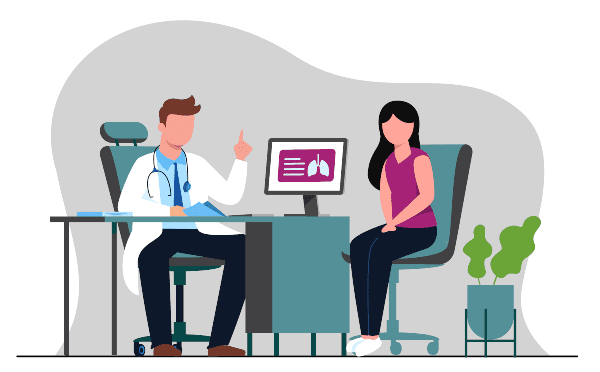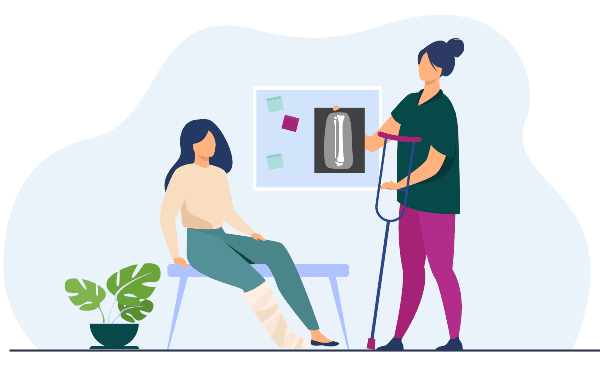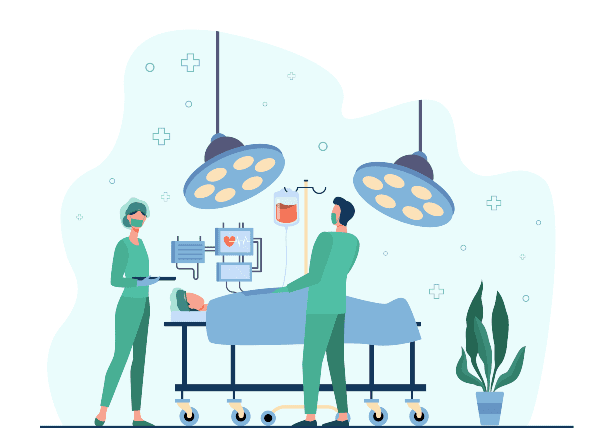
Healthcare is often an unpredictable landscape. Whether you're dealing with a persistent cough or facing an emergency, understanding your healthcare options is crucial. Knowing where to go and when cannot only save you money but can also ensure you get the most appropriate care for your condition. In this article, we’ll break down your healthcare options, from telehealth to emergency rooms, and provide insights on how to make informed decisions about your medical needs.

Telehealth: The Digital Frontline
Telehealth, also known as virtual care, is revolutionizing the way we access healthcare. It's a convenient and generally less expensive option that allows you to consult with healthcare providers from the comfort of your home.
Telehealth is particularly useful for routine check-ups, follow-up visits, and treating non-urgent conditions like mild rashes, coughs, or nausea. It is not suitable for emergencies or severe medical conditions, but it can be an excellent first step for initial consultations and minor issues.

Retail Clinics: Your Quick-Stop Healthcare Solution
Located in pharmacies or retail stores, retail clinics offer basic healthcare services at fixed, often affordable costs. These are ideal for individuals who need immediate care for minor health concerns such as flu shots, colds, or minor rashes. Retail clinics offer the convenience of extended hours and no appointment requirement, making them a go-to for quick medical needs.

Primary Care Providers: Your Medical Home Base
Your primary care provider is generally the first point of contact for non-emergency medical concerns. They offer comprehensive care and can guide you to specialized treatment if needed. If you're unsure about the severity of your symptoms, your primary care provider can offer medical advice during regular business hours, and many have a 24/7 nurse call line for after-hours queries. Health insurance providers often offer similar nurse hotline services.

Urgent Care: The Middle Ground
Urgent care clinics serve as a bridge between primary care and emergency rooms. They are ideal for conditions that require prompt attention but are not life-threatening. Urgent care centers can treat severe sprains, minor fractures, rashes, and more. They are generally less expensive than an emergency room visit but cost more than a regular visit to your primary care provider.

Emergency Rooms: For Life-Threatening Situations
The emergency room should be reserved for severe, life-threatening conditions. This includes heavy bleeding, major burns, sudden changes in vision, and severe chest pain among others. Emergency room visits are the most expensive form of care and should be used wisely.
When in Doubt, Seek Immediate Attention
If you're uncertain about the best course of action, it's always better to err on the side of caution. Your healthcare provider or insurance company can offer guidance on the most appropriate option for your condition.
Be Prepared: Compile Your Healthcare Contacts
To reduce stress during healthcare emergencies, compile a list of contact information for various healthcare options. Save this information on your phone or bookmark it in your web browser for easy access.
Navigating the complex world of healthcare can be daunting, but understanding your options can make the journey smoother and more cost-effective. By knowing when and where to seek medical care, you can make informed decisions that are both financially wise and health conscious. So take some time to familiarize yourself with these options, and you'll be better prepared for whatever healthcare challenges come your way.
